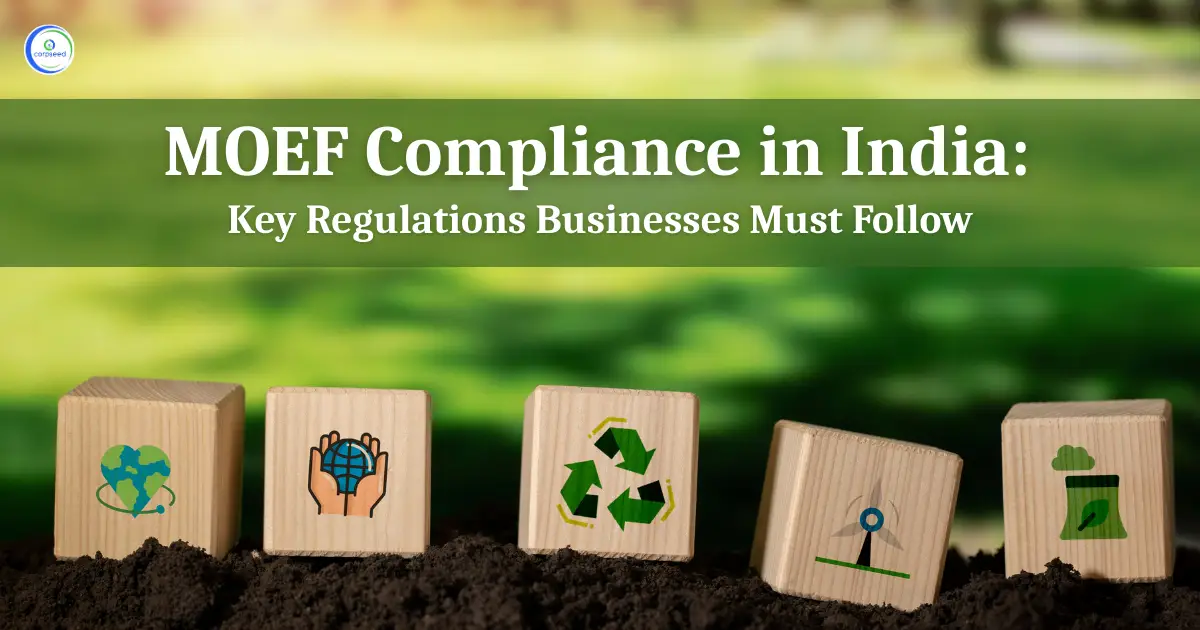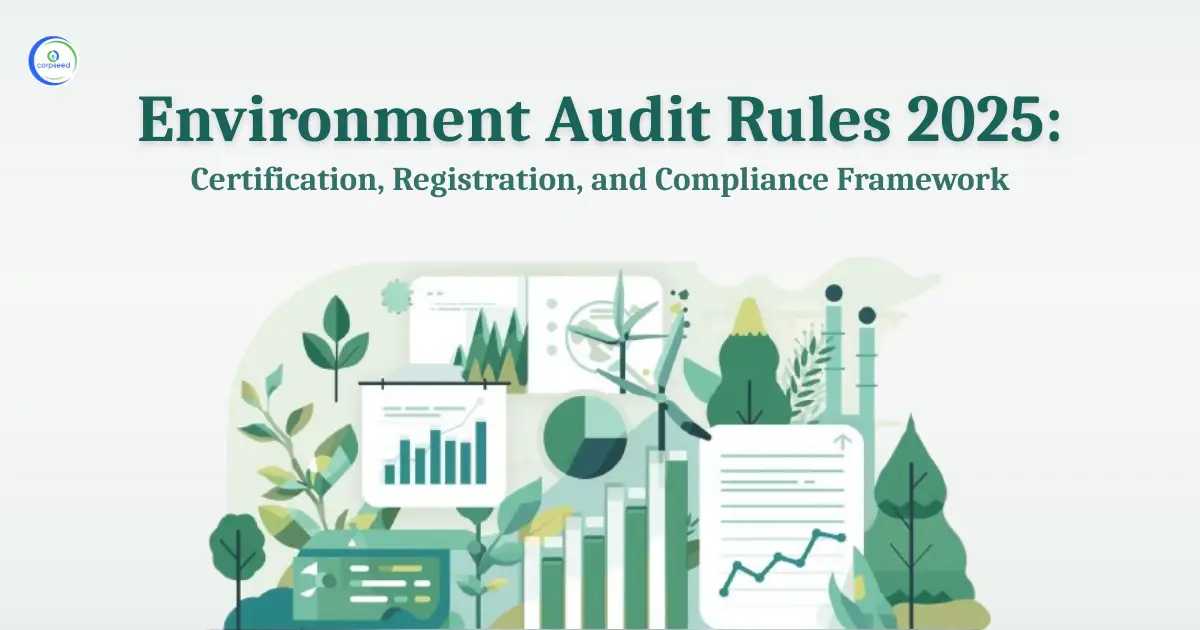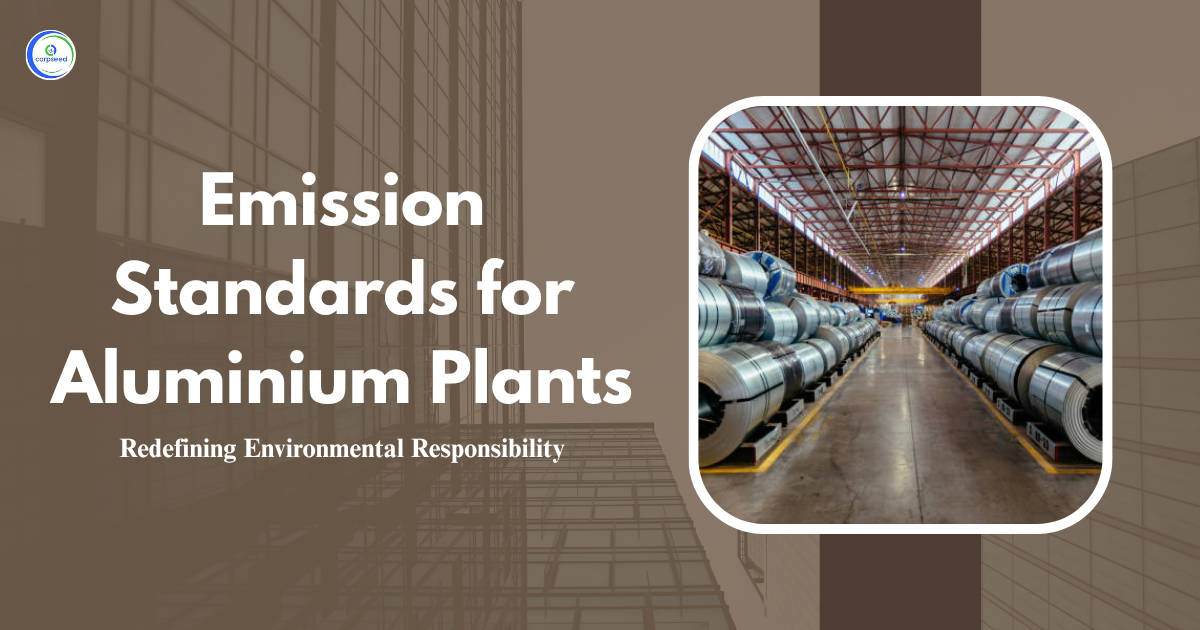If you are undertaking any kind of new or old renovation or modernization project, you need to get environmental clearance from the appropriate authority. These development projects include residential buildings, commercial buildings, parks, hospitals, swimming pools etc. These projects need to be assessed by the State or Union Territories Environment Impact Assessment Authority. The EIA framework provides an efficient workaround to assess the potential impact the project may have on the environment and on that basis, the regulatory authority gives the environment clearance. Let’s dive deeper into the process of environmental clearance and understand the intricacies involved in it from the application submission to the grant of EC Certificate.
Table of Contents
--------------Blog Contact Form-------------
Categorization of Development Projects
The projects are categorized into three categories. These categories are called A, B1, and B2. The categorization helps in determining the different procedures for different kinds of projects. The compliances required to be fulfilled by these project owners are different for different kinds of projects. The categories and their respective compliance are as follows-
- The projects that fall under category a need to get environmental clearance from the central government through the Ministry of Environment, Forest and Climate Change.
- The projects falling under category B1 need to get environmental clearance from the state government or union territory through their respective Environmental Impact Assessment Authority.
- The projects that fall under the B2 category need to get environmental clearance if they are prescribed to be placed before the appraisal committee and they will be required to get environmental permission instead if they are not prescribed to be presented before the appraisal committee.
Regulating Authorities
The Environmental Clearance is provided either by the Ministry of Environment, Forest and Climate Change in the central government or the State EIA authorities depending on the projects. To facilitate it, the projects are categorized into different categories. Apart from the EIA Authorities, the appraisal committee plays an important role in the Environmental Clearance Process. The role of the appraisal committee is to assess the Environmental Impact Assessment report of the project and give its recommendations to the EIA Authority of the state. These inputs of the Appraisal Committee are utilized to further take decisions on the issuance of environmental clearance certificates.
Environmental Clearance Process In India
The Environmental Clearance Process starts with the filing of an application by the project owner and the following steps are taken by the regulating authorities to assess the feasibility of the project and its impact on the environment in the short term as well as long-term and then the EIA authorities issue the environmental clearance certificate to the project owner after being satisfied with the EIA report submitted to them and assessed by the Expert Appraisal Committee. The typical environmental clearance process comprises the following steps-
- Understanding the Project Type
The project type can be assessed by the project proponent according to the schedule of the Environmental Impact Assessment Notification where all the relevant projects are discussed and categorized according to their compliance and jurisdiction type.
- Submission of Application for the Environmental Clearance
The application is then submitted according to the project type to the appropriate authority which after the receipt of the same verifies the particulars mentioned therein. At the same time, the documents attached with the application are also scrutinised by the concerned official and if everything is found to be in consonance with the rules and regulations then the process EIA process starts which is a vital part of the Environmental Clearance Process.
- First Step of EIA Process - Screening
In the first step towards the Environmental Impact Assessment process, there is the screening of the application. In the screening phase, the applications are separated based on their category and the process is followed accordingly thereafter.
- Terms of Reference and Site Visit - Scoping
During this phase, the Expert Appraisal Committee reviews the applicant's Terms of Reference for the Environmental Impact Assessment Report. If necessary, a site visit may be conducted. If recommended by both appraisal committees, the application for Prior Environmental Clearance Registration can be rejected at this stage, with the responsible authority required to inform the applicant within 60 days of application.
- Social Impact Assessment - Public Consultation
If the Expert Appraisal Committee approves the application in the previous scoping stage, we move to public consultation, which includes Public Hearings and Written Responses. The State Pollution Control Board (SPCB) or Pollution Control Committee (PCC) conducts the public hearing, and if they don't within 45 days, another public authority takes over for an additional 45 days.
After completing the Public Hearing and collecting written responses, the applicant must address questions and modify the Environmental Impact Assessment (EIA) and Environment Management Plan (EMP). Then, the final EIA is submitted to the regulatory authority for appraisal.
- Approval from the Appraisal Committee
In this phase, the application, documents, Environmental Impact Assessment (EIA), and the results of the public consultation are examined. The Expert Appraisal Committee makes its decision regarding the appraisal within 60 days from the submission date of the final Environmental Assessment Report.
- Grant of Environmental Clearance Certificate
The State Environment Impact Assessment Authority at the state level and the Ministry of Environment, Forest and Climate Change at the central level, as the regulating authorities, will communicate their decision based on the Expert Appraisal Committee's recommendations. This decision must be reached within 45 days of receiving the recommendations, and if favorable, the Environmental Clearance Certificate is issued.
Read Our Blog: How to obtain Environmental Clearance in Maharashtra
Things to Remember When Getting an Environmental Clearance Certificate
There are various points to consider when receiving the environmental clearance certificate. The certification is given after due assessment performed by the relevant authorities and ensures that the project will not affect the environment beyond the permissible limits as prescribed under the rules and regulations. You may consider the following points to maintain the viability of the project.
- Ensure strict compliance with all the conditions and safeguards mentioned in the environmental clearance letter. These conditions are typically designed to mitigate and monitor the environmental impacts of your project.
- Maintain regular reporting to the relevant regulatory authority regarding project progress, environmental management, and compliance with clearance conditions.
- Implement a robust monitoring and surveillance system to track and assess the environmental impact of your project.
- Develop and maintain an emergency response plan in case of any unexpected incidents or accidents that may result in environmental damage. Ensure that all employees are trained on the plan.
- Implement the Environmental Management Plan as outlined in the clearance document. This includes measures for waste management, pollution control, and biodiversity conservation.
- Maintain comprehensive records related to environmental management, monitoring, and compliance. These records can be requested by regulatory authorities during inspections.
- Be aware of the validity period of your environmental clearance. Apply for renewal or extension well in advance if your project timeline exceeds the clearance's duration.
- Be prepared for periodic audits and inspections by regulatory authorities to ensure compliance with clearance conditions.
Conclusion
To conclude, we can say that India has a process and regulatory framework to make sure that when people want to build things like buildings or parks, they don't harm the environment. They classify projects into different groups and have rules for each group. Central and state authorities, along with experts, check the projects carefully to see if they're feasible for the environment or not. People who want to build things must follow the rules and make sure they don't harm nature. They also need to watch and report on how their project affects the environment. These approvals have a time limit, so if a project takes longer, the project proponent needs to renew or extend their environmental clearance In the end, this process helps keep the environment safe while allowing development projects to happen responsibly. It's about balancing progress with protecting nature for now and the future.
Environmental Audit
An environmental audit is an important part of a company’s environmental policy and performance. It checks whether the company has complied with the environmental regulations and requirements, and achieved the environmental goals set by them.
Environmental Consulting
An environmental consultancy firm consists of a team of experts, who’re qualified in the studies of law, geology, environment, engineering, and have years of experience dealing with the aspects of regulations & norms associated with environmental laws.
Environment Clearance
Industries require an environmental clearance certificate to undertake some notified projects and activities. Corpseed can assist you to obtain Environmental Clearance for such activities.
This portion of the site is for informational purposes only. The content is not legal advice. The statements and opinions are the expression of author, not corpseed, and have not been evaluated by corpseed for accuracy, completeness, or changes in the law.
BOOK A FREE CONSULTATION
Get help from an experienced legal adviser. Schedule your consultation at a time that works for you and it's absolutely FREE.







_Corpseed.webp)
.webp)
